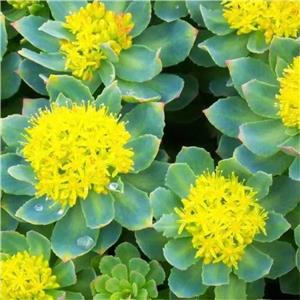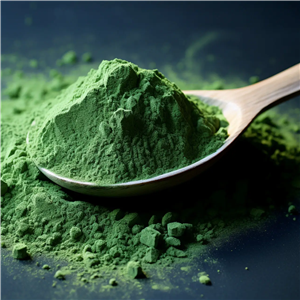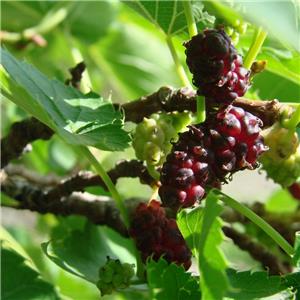-
2911-2021
Nopal Cactus: Benefits and Uses
Nopal cactus, also known as the prickly pear cactus, is found natively in the southwestern regions of the United States and in Mexico. The flat cactus pads can be eaten when the plant is young. When the cactus is older, it’s too tough to eat. Nopal cactus is a common ingredient in foods in some regions of Mexico.
-
0311-2021
Urgent need for vaccine to prevent deadly Group B streptococcus
The global burden of Group B streptococcus is far higher than previously recognized, linked to over half a million preterm births annually, and leading to nearly 100,000 newborn deaths, at least 46,000 stillbirths, and significant long-term disability. Although the bacterium is harmless for most pregnant women who carry it, it can be extremely serious when it passes to babies during pregnancy, childbirth or in the early weeks of life. New vaccines are urgently needed to reduce deaths associated with Group B strep and protect the lives and health of infants around the world.
-
2910-2021
New ACT-Accelerator strategy calls for US$ 23.4 billion international in for COVID-19 vaccines, tests & treatmentsvestment
New ACT-Accelerator strategic plan sets out urgent actions to address crucial gaps in access to COVID-19 tests, treatments, vaccines and personal protective equipment in low- and middle-income countries, using the latest epidemiological, supply and market information.
-
2110-2021
WHO launches women’s health chatbot with messaging on breast cancer
WHO has launched a new interactive chatbot on women’s health. The first set of messages to be included relates to breast cancer, in time for Breast Cancer Awareness Month, observed in October every year.
-
1910-2021
WHO’s 7 policy recommendations on building resilient health systems
COVID-19 has had a wide-ranging impact on all areas of society, leading to setbacks in health gains and efforts to achieve universal health coverage (UHC). The diversion of health system resources to address COVID-19 care led to a protracted disruption of essential health services. New barriers to accessing health care, such as restricted movements, reduced ability to pay and fear of infection, have posed additional and unprecedented challenges in many countries.
-
2008-2021
Statement by Principals of the Inter-Agency Standing Committee (IASC) on Afghanistan
The people of Afghanistan need our support now more than ever. Our organizations are committed to helping and protecting them. We will stay in Afghanistan and we will deliver.
-
1608-2021
What Is Sodium Hyaluronate and How Is It Used in Skin Care?
Hyaluronic acid (HA) is a substance that naturally occurs in your body, including your skin and joint fluid. HA can also be used as a skin care ingredient. In this case, it’s usually sourced from animal tissues or bacterial fermentation. When applied topically, it has a moisturizing and soothing effect. Sodium hyaluronate is an ingredient that’s extracted from HA. It’s the sodium salt form of HA. Other names include: hyaluronate sodium hyaluronic acid sodium hyaluronic acid sodium salt hyalurone sodium Like HA, sodium hyaluronate can help your skin look youthful and supple. It also has benefits for joint and eye health. Sodium hyaluronate is different from HA, though. Read on to learn how it compares to HA, along with its benefits and uses.
-
0707-2021
WHO recommends life-saving interleukin-6 receptor blockers for COVID-19 and urges producers to join efforts to rapidly increase access
The World Health Organization (WHO) has updated its patient care guidelines to include interleukin-6 receptor blockers, a class of medicines that are lifesaving in patients who are severely or critically ill with COVID-19, especially when administered alongside corticosteroids.
-
0107-2021
Alpha-Lipoic Acid (ALA) and Diabetic Neuropathy
Alpha-lipoic acid (ALA) is a possible alternative remedy to treat the pain associated with diabetic polyneuropathy. Neuropathy, or nerve damage, is a common and potentially serious complication of diabetes. Nerve damage is permanent, and its symptoms can be difficult to alleviate. Polyneuropathy involves the peripheral nerves of the body. It’s the most common form of neuropathy in people who have diabetes, and it causes foot and leg pain.
-
2506-2021
Directors General of WHO, WIPO and the WTO agree on intensified cooperation in support of access tackle the COVID-19 pandemic
Directors General of WHO, WIPO and the WTO agree on intensified cooperation in support of access tackle the COVID-19 pandemic。




